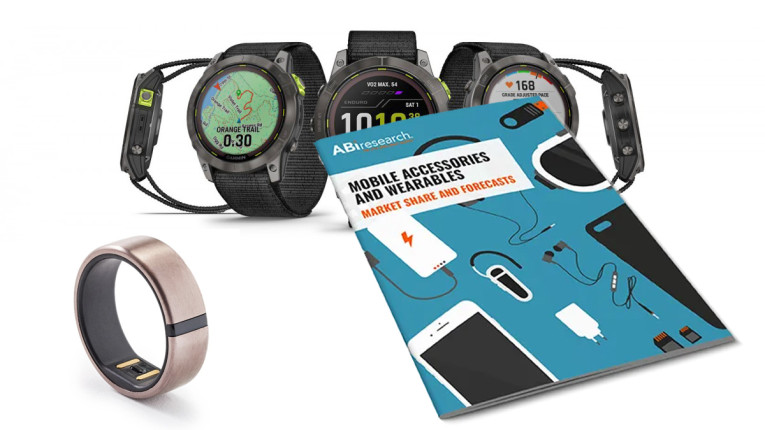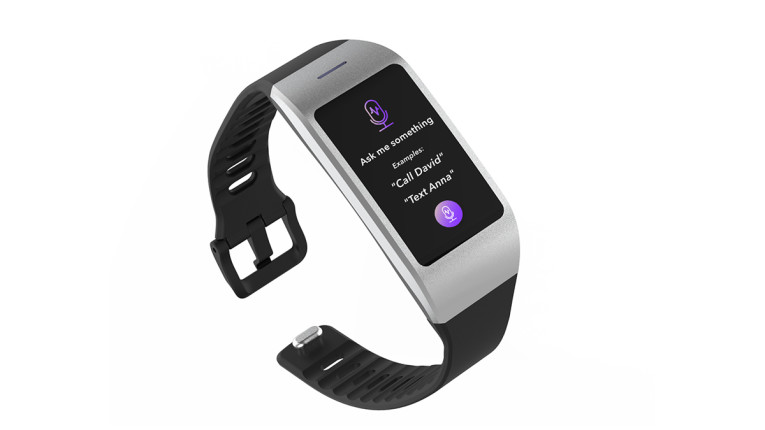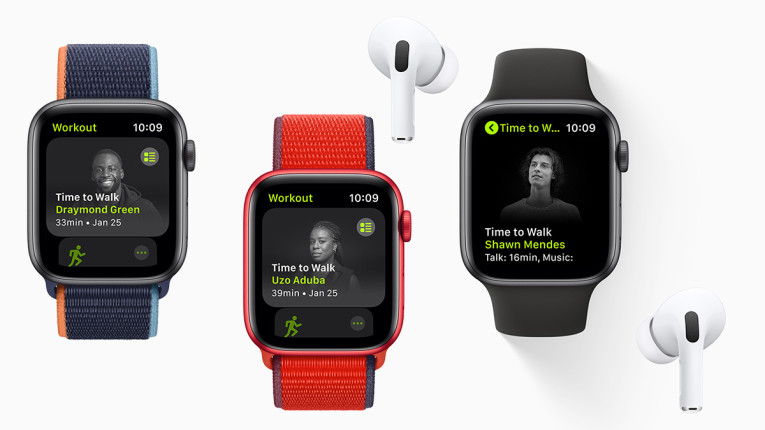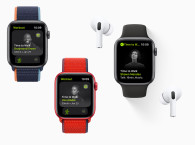
Up to the end of the current year, the growth in the wearables market is foreseen to be driven mainly by two segments, namely sport, fitness, and wellness trackers and smart home-enabled smartwatches. "The reason behind the rise of these two segments is the continuing direct consequence of the pandemic on consumer's habits. This year, smartwatches will continue to dominate the wearables market due to the strength of the Apple smartwatch and the growing number of companies offering smartwatches with impressive functionalities," says David McQueen, Consumer Technologies Research Director at ABI Research.
The increasing demand for activity trackers is predicted to drive the wearables market. Activity trackers will reach shipments of about 91.5 million by the end of 2022 and are forecast to reach 105 million by 2027, a CAGR of 2.9%. "There is rapid growth in the use of wearables, notably smartwatches and activity trackers, among cyclists, runners, gym-goers, swimmers, and athletes, to track calories burned, hourly activity, stationary time, and activity time. The growth in health and fitness use cases is expected to propel wearable shipments. However, standalone cellular connectivity will be confined to smartwatches for the time being as sport, fitness, and wellness trackers market will not ship with a cellular connection before 2026," says McQueen.

The global smartwatch market recorded about 102.57 million shipments during 2021 and is expected to increase to 121.03 million by the end of 2022. The market is forecast to grow to 289.7 million units worldwide by 2027, a CAGR of 19%. During 1Q 2022, Apple was the lead vendor with 49.6% of the market share, followed by Huawei (17.8%), and Samsung (11.4%). In terms of connectivity, 4G smartwatches will be the main devices shipped with a penetration rate of 5% during 2022, while 5G will appear in 2023, with a low penetration rate of about 0.3%.
With the main exception of smartwatches, cellular connectivity in the wearables market has been minimal but is set to flourish, both in size and complexity. New technologies continue to emerge, and existing technologies are evolving to address new market opportunities and use cases. It is the evolution toward 5G Advanced and the emergence of 5G reduced capability (RedCap) NR user equipment that will have the most impact on the sector, presenting a unique value proposition to improve the user experience. "RedCap allows for the creation of products that are less complex, reduced in cost, have good battery life, and require less bandwidth than 5G NR products, all of which is a perfect fit for the wearables market," concludes McQueen.
These findings are from ABI Research's Mobile Accessories and Wearables Market Share and Forecasts market data report. This report is part of the company's Consumer Technologies research service, which includes research, data, and analyst insights.
www.abiresearch.com







